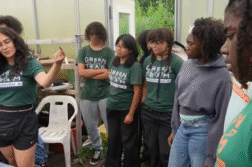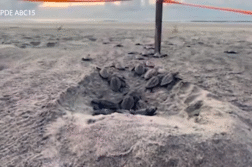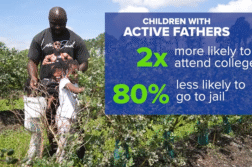ORLANDO, Fla. (Ivanhoe Newswire) — Twenty-seven percent of American children under the age of six grow up in households where languages other than English are spoken. Introducing a child to a second language has been shown to improve cognitive abilities, especially problem-solving. But what about babies growing up in a household where only one language is spoken? There’s a new study that shows how children in monolingual households can pick up a second language.
Can a baby learn a second language outside the home? A team of researchers from the University of Washington traveled to Madrid, Spain and enrolled 280 children, ages seven to 33 months in playful language sessions. The children were split into two groups. The intervention group experienced 18 weeks of daily, hour-long English sessions with native-speaking tutors. The tutors used play and “infant-directed speech” – the speech style parents use to talk to their babies, which has simpler grammar, higher and exaggerated pitch, and drawn-out vowels. The control group received the standard bilingual program offered in the schools.
At the end of the 18 weeks, kids in the intervention group used an average of 74 English words per child, per hour— outperforming the control group, which used only 13 English words per child, per hour. This study suggests that it is possible to give very young children the opportunity to start learning a second language, with only one hour of play per day in an educational setting.
The researchers did follow-up testing 18 weeks later and found the children had retained the language skills they learned. Wealth was not a significant factor in the infants’ ability to learn a foreign language. The language skills learned were similar in low-income areas and mid-income areas.
Contributors to this news report include: Cyndy McGrath, Supervising Producer; Milvionne Chery, Producer; Roque Correa, Editor.
Produced by Child Trends News Service in partnership with Ivanhoe Broadcast News and funded by a grant from the National Science Foundation.



